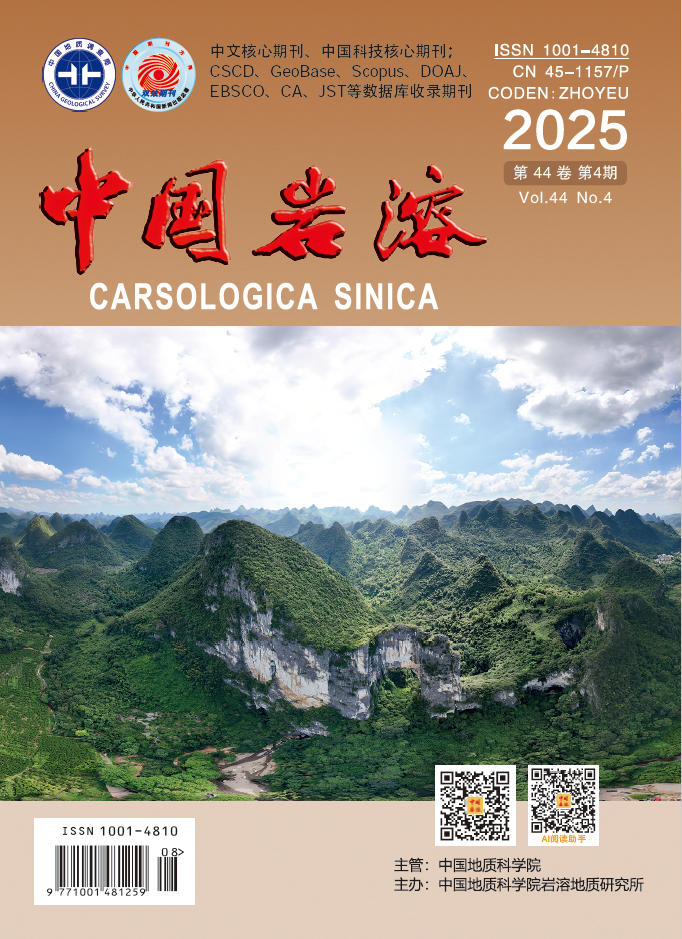2018, 37(1): 112-119.
doi: 10.11932/karst20180107
Abstract:
Karst is widely distributed and karst collapses frequently happen in Wuhan City. The karst collapses used to occur along the Yangtze River in the main urban area where and the quaternary overburden over the subsidence area is of dual-layered structure with clay layer in upper and sandy one in the lower. However, in recent years, along with the development of urbanization and the intensification of human engineering activities in the exurban areas of the city, karst collapse has also occurred in the clay area, such as Jiangxia district. The karst collapse studied in this paper occurred on April 29, 2014, at 2:30 p.m. in a residential community due to a new construction project implemented at the Jiangxia district. The collapse’s area size was about 200 square meters. It caused two people missing, a drill rig buried and the building's 1# floor raft foundation completely collapsed, which put an end to the engineering construction and resulted in a large economic loss. Through a comprehensive analysis of the karst characteristics in the area, soil physical and mechanical properties, hydrogeological conditions and human engineering activities, the collapse mode is obtained. Our research findings show that the limestone surface in the subsidence area has a large number of dissolved channels and grooves which are connected by the dissolution fissure and the underlying karst cave. This led to the the red clay with poor mechanical properties in the bottom part of the ditch lost to the lower karst channel, forming a soil cave. Moreover, the foundation drilling, building load and vibration all accelerated the softening, disintegration and dissolution processes of the clay, thus accelerated the development of the soil cave. The foundation excavation reduced the thickness of clay and subsequently reduced the shear strength of the soil. Finally, collapse occurred under the action of gravity and additional load of the overlying soil. On the basis of Mohr-Coulomb criterion and plastic equilibrium theory, the force conditions of the soil were analyzed, from which the mechanical model of the collapse were gained. The results of the collapse mechanics model are verified, which are in line with the data derived from fieldwork. By comparison, firstly the calculation results show that the additional load on the ground and the reduction of clay thickness due to the foundation pit excavation are main inducing factors of the karst collapse. Secondly, the fluctuation of underground water level caused by drainage and atmospheric pressure difference play an important role in accelerating collapse occurrence. Finally, based on the collapse pattern and mechanics analysis, the prevention and control measures has been proposed ,that is ,to increase the anticollapse properties of the earth, increase the stability of the building foundations and reduce the hydrodynamics of the karst system.






